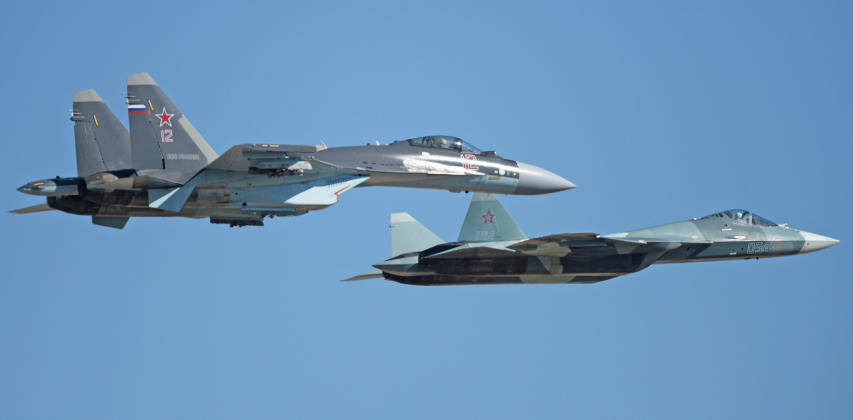News
Russian Air Force Receives New Su-35 Batch: Three Reasons Why the Defence Ministry Keeps Buying More
The Russian Air Force has received a new batch of Su-35S heavyweight fighters from the United Aircraft Corporation, which were manufactured at the Komsomolsk-on-Amur aircraft plant in the country’s Far East where the class has been in production for 13 years. The new batch completes the Ministry of Defence’s third order for Su-35s, and marks 128 units delivered for domestic service. The current order included 30 fighters, the first batch of which were delivered in the autumn of 2021, and followed prior contracts for 48 and 50 of the aircraft. Continued orders for the fighter class have far exceeded initial projections, with the Russian Air Force initially expected to field just 100 airframes while 100 were expected to be produced for export. This followed prior plans to develop the fighter exclusively for export, at a time when Russia itself was not expected to field any of the aircraft and transition directly from the Cold War era Su-27 to the fifth generation Su-57. The Su-35 is a derivative of the Su-27 which bridges the gap between the two generations, and is thus dubbed a ‘4++ generation’ fighter. Notable improvements over the Su-27 include new far more powerful engines with thrust vectoring capabilities, a much extended endurance, over quadruple the detection range against aircraft, integration of the Irbis-E phased array radar and twin AESA radars in its wing roots, a high composite airframe and entirely new avionics providing compatibility with a range of new weapons.

There are likely several reason why the Russian Air Force has continued to receive Su-35s beyond the 100th airframe. While the program was initiated and the first airframes manufactured at a time of much better relations with NATO and the United States, rising tensions since 2014 have made a larger fleet of top end air superiority fighters appear more necessary. Delays to production of the superior Su-57 have been another major factor. The fighter was initially expected to see 50 airframes in service by 2020 and 200 by 2025, although only six are in service today with the fleet expected to reach just 22 by 2024 and 76 by 2027 – a fraction of the previously planned numbers. The lack of Su-57s has left the Su-35s as Russia’s most capable combat jet for countering Western air power, although the fighter’s viability by the end of the decade as the United States and China begin introducing sixth generation fighters has been brought to serious question.
A third factor is that expected exports failed to materialise, with the United States having leveraged its position at the centre of the global financial system to threaten potential clients with economic warfare measures and thus prevent them from going through with contracts. Indonesian orders for the fighters were cancelled as a result, with Egyptian orders potentially expected to follow, while other interested parties have not proceeded to place any orders at all. Exports have also been undermined by the modernisation of China’s military aviation sector. Although China acquired 24 airframes and previously was by far the largest client for the Su-27 it is not expected to acquire more Su-35s due to the significant advantages enjoyed by its domestic combat jets such as the fifth generation J-20 and Su-27-derived J-16. The resulting lack of exports has left domestic orders as the only means to keep Su-35 production lines open, although the possibility of Iranian acquisitions recently raised by the country’s air force leadership could potentially alleviate some pressure and allow more productive capacity to be directed abroad.












